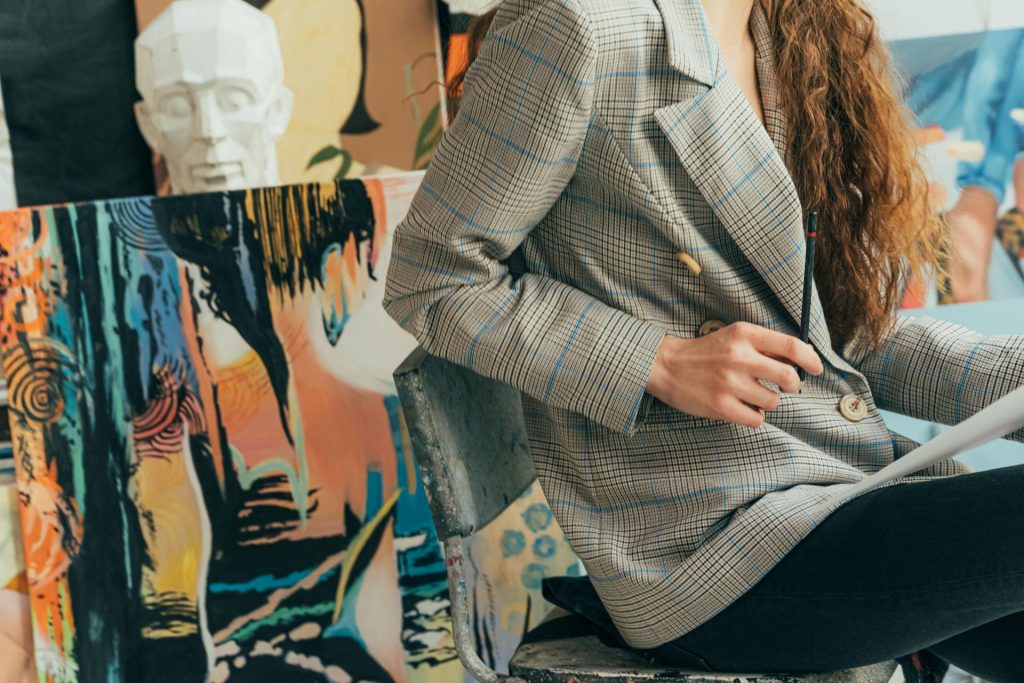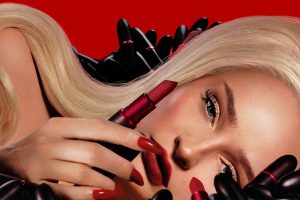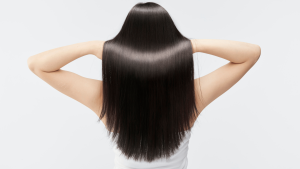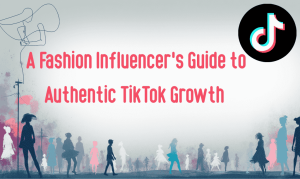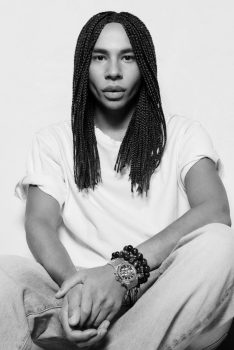Fashion and art have always shared an intimate relationship. They are two disciplines driven by creativity, cultural commentary, and the desire to provoke thought and emotion. From Renaissance paintings to avant-garde runway shows, the blend of fashion and art has continually evolved—reflecting not only the times we live in but also the aspirations and philosophies of individuals and societies.
In today’s interconnected world, this fusion has taken on new dimensions, giving rise to experimental aesthetics, wearable artworks, and immersive digital experiences. The modern landscape of both industries shows us that fashion is no longer just about clothing, and art is no longer confined to galleries. Together, they are shaping a new era of design where the human body becomes a canvas and style becomes a statement of deeper meaning.
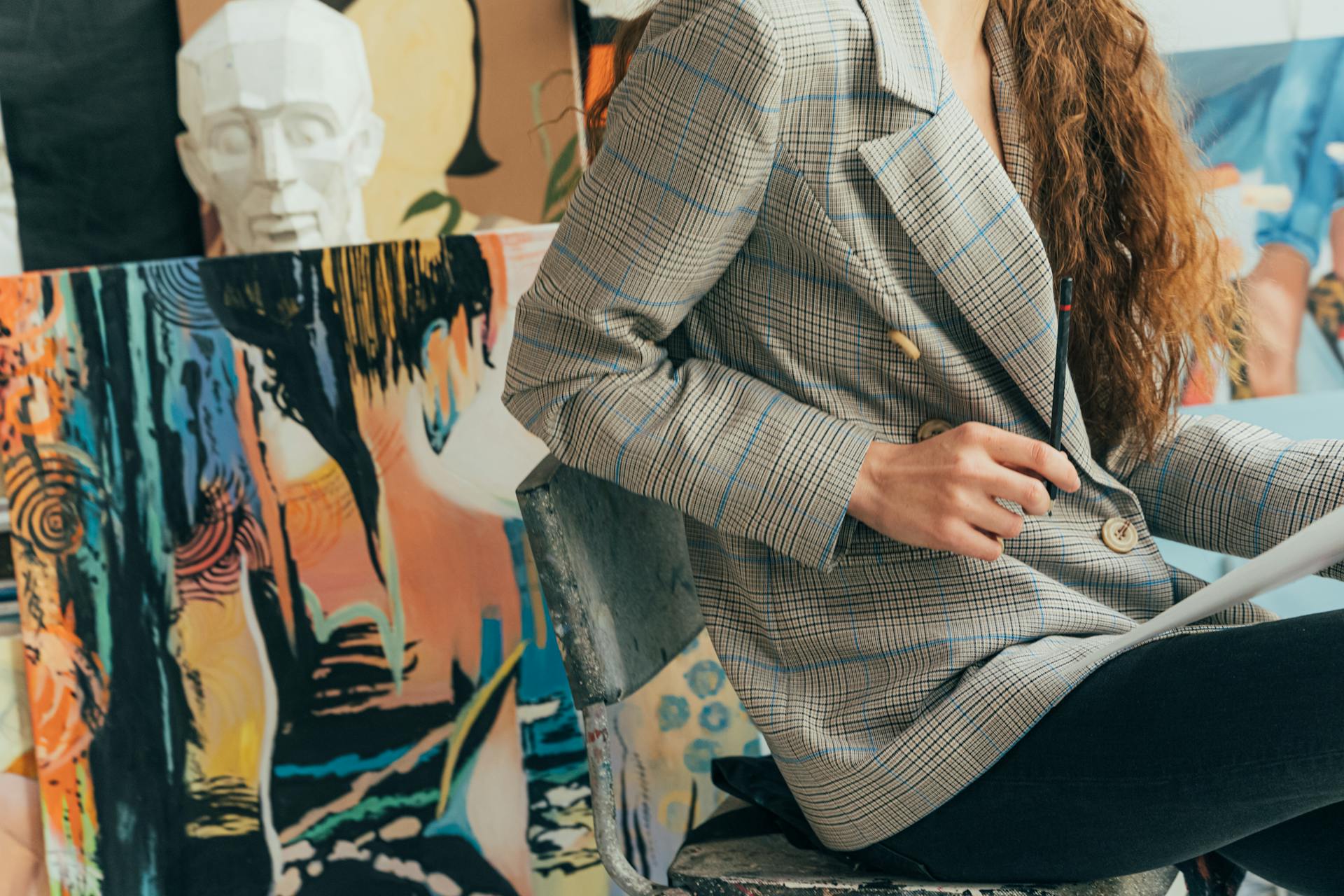
Fashion and Art: A Timeless Fusion of Expression and Innovation
The Historical Dialogue Between Fashion and Art
Historically, fashion has drawn inspiration from fine art in a variety of ways. During the 20th century, designers like Yves Saint Laurent famously incorporated elements from Mondrian’s geometric paintings into his collections. Elsa Schiaparelli collaborated with Salvador Dalí, producing surrealist garments that challenged conventional aesthetics. These were more than garments; they were declarations, ideologies made wearable.
Art has also looked to fashion as both a subject and a medium. Think of Andy Warhol’s obsession with celebrity culture and branded fashion, or Cindy Sherman’s photographic self-portraits that challenge stereotypes of beauty and gender using costumes and styling. Fashion and art, when combined, are capable of raising questions about identity, politics, class, and society.
The Contemporary Scene: Breaking Boundaries
In today’s fashion landscape, the influence of art is perhaps more pronounced than ever. With platforms like Instagram and Pinterest, visual culture is democratized, and the crossover between disciplines is constant. Streetwear brands collaborate with graffiti artists. Luxury houses create capsule collections inspired by contemporary painters. Museums and galleries are now staging fashion exhibitions, acknowledging the artistic value of designers like Alexander McQueen, Rei Kawakubo, and Iris van Herpen.
One cannot talk about the modern art-fashion dynamic without mentioning how digital art and fashion have come together through NFTs and virtual fashion. The rise of digital fashion brands and 3D-rendered garments speaks volumes about where this relationship is heading. Here, fashion isn’t just physical; it’s experiential. It lives in the metaverse, in AR filters, in digital galleries.
Artistic Fashion Brands That Push Boundaries
One notable example of this synthesis is cybertechwear.com, a brand that merges futuristic fashion with an artistic, almost cinematic edge. Their garments aren’t merely functional or trendy—they’re a statement, drawing influence from cyberpunk aesthetics, conceptual art, and the ever-blurring lines between man and machine. With an emphasis on bold silhouettes, utilitarian design, and innovative textiles, cybertechwear.com represents the future of fashion where function meets fantasy.
These types of brands are redefining what it means to be stylish. In their universe, clothing doesn’t just cover the body—it tells a story, creates a mood, challenges the norm. This is art in motion, meant to be worn, lived in, and experienced.
Fashion as Wearable Art
The concept of “wearable art” has emerged as a powerful movement. It refers to garments that are created with the same attention, intention, and emotional resonance as traditional artworks. These pieces are often handcrafted, unique, and deeply conceptual. They may never be mass-produced, and their creators often come from both artistic and fashion design backgrounds.
This growing genre of wearable art has created a niche for collectors, museums, and fashion aficionados. What sets it apart is not just craftsmanship but meaning. Each piece tells a story, whether it’s about sustainability, personal identity, or global issues like climate change and social justice. Just like a sculpture or a painting, wearable art invites interpretation.
The Role of Art in Fashion Retail and E-Commerce
The impact of art on fashion isn’t limited to clothing alone—it extends into branding, marketing, and retail experience. Today’s consumers crave storytelling and visual engagement. Artistic direction in lookbooks, campaigns, and even web design plays a crucial role in how fashion brands are perceived.
Take for instance musaart, an online gallery that showcases contemporary and abstract art collections. Their curatorial approach speaks to the same audience that appreciates fashion as art—individuals who seek unique, expressive pieces that align with their aesthetics. Collaborations between fashion brands and art platforms like musaart are a natural evolution of consumer tastes. It’s no longer about selling a product—it’s about curating an experience.
When Fashion Brands Collaborate with Artists
Many high-profile collaborations between fashion houses and visual artists have shown just how powerful this fusion can be. Louis Vuitton’s partnerships with Takashi Murakami and Yayoi Kusama brought contemporary Japanese art into the hands of consumers. These pieces weren’t just popular; they were cultural phenomena.
On a more independent scale, emerging designers frequently work with painters, photographers, and digital artists to co-create capsule collections, limited-edition drops, or custom pieces. These collaborations allow both sides to reach new audiences and experiment outside their usual boundaries. For artists, it’s a chance to see their work come alive on fabric. For designers, it adds intellectual and emotional depth to their creations.
Fashion and Art as a Lifestyle Philosophy
Ultimately, the intersection of fashion and art speaks to a broader lifestyle philosophy. People today are not just buying items—they’re buying values, statements, and identities. Whether it’s a hand-painted jacket or a minimalist print from a curated gallery, the message is clear: aesthetics matter, but meaning matters more.
Both fashion and art serve as mirrors of the times. They reflect our joys, fears, and hopes. They are tools for protest, celebration, and transformation. In combining the two, we gain a richer language of expression—one that is visual, tactile, and deeply personal.
In a world where fast fashion and disposable trends dominate much of the market, the marriage of fashion and art reminds us to slow down, to appreciate the craftsmanship, and to honor the stories behind the style. Whether through visionary clothing lines like cybertechwear.com or through curated artistic experiences such as musaart, the fusion of fashion and art continues to inspire, disrupt, and define our cultural landscape.

fashionabc is a fashion technology platform, comprising a digital directory and various other digital tools and supply chain solutions for the fashion industry ecosystem, that focus on ethical fashion and sustainability. We are building inclusive digital transformation tools for fashion professionals who are willing to take steps towards a more sustainable ethical fashion industry, by adopting AI and DLT blockchain technology.
* building digital profile and IP solutions for fashion businesses
* tackle issues such as provenance and counterfeit in supply chain
* contribute to the construction of a meritocratic ethical fashion industry which is certified and part of the circular economy


